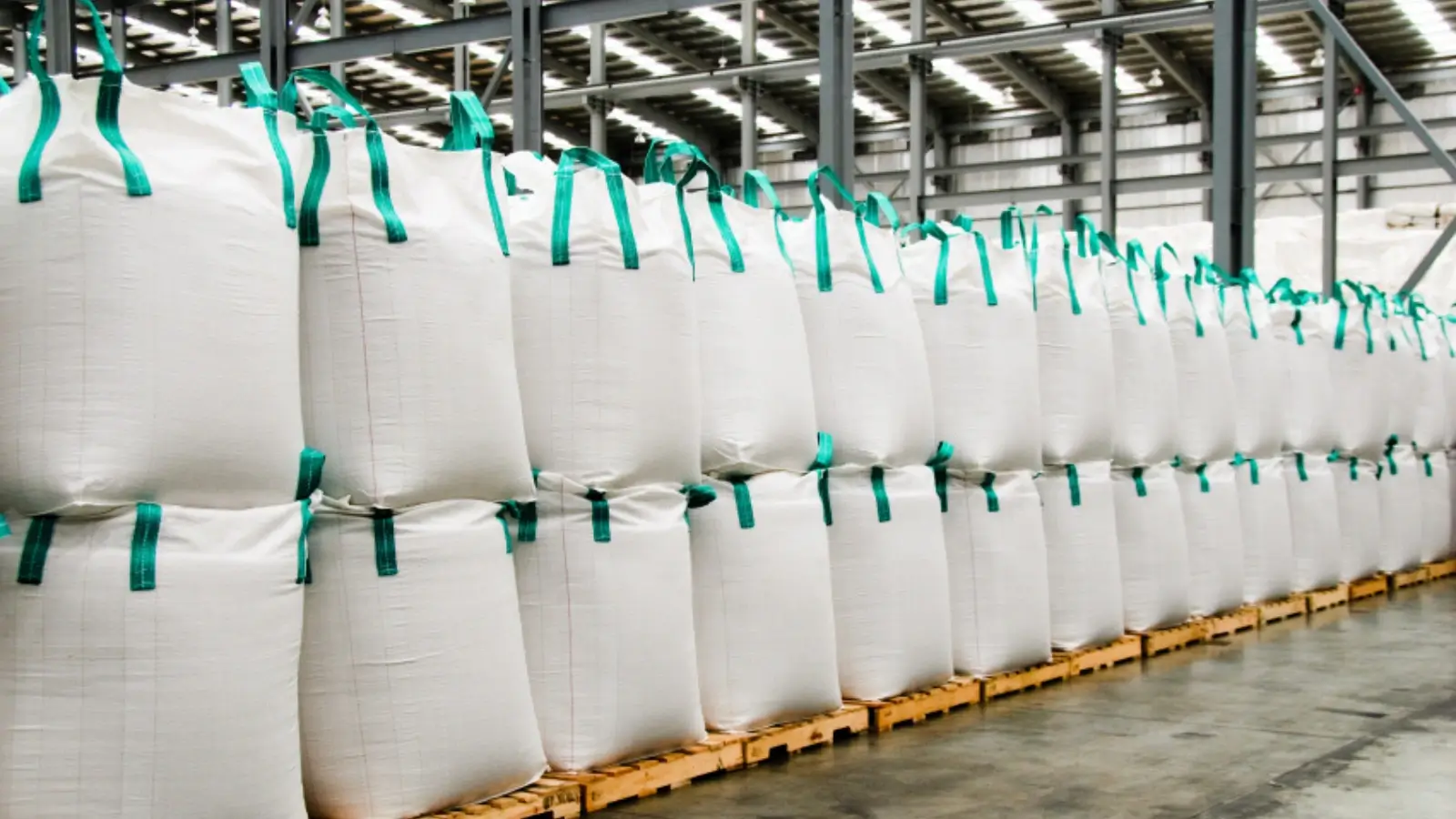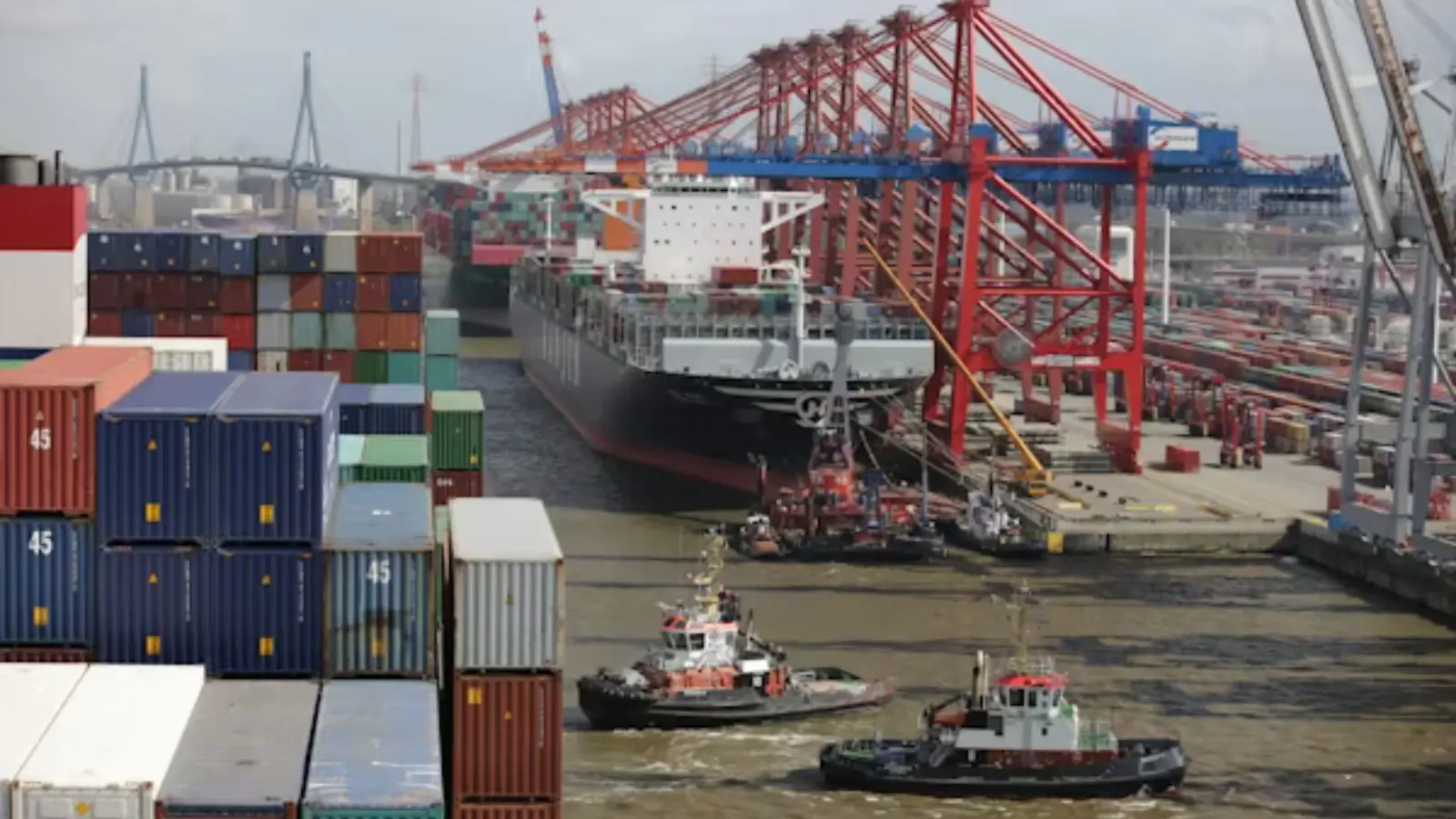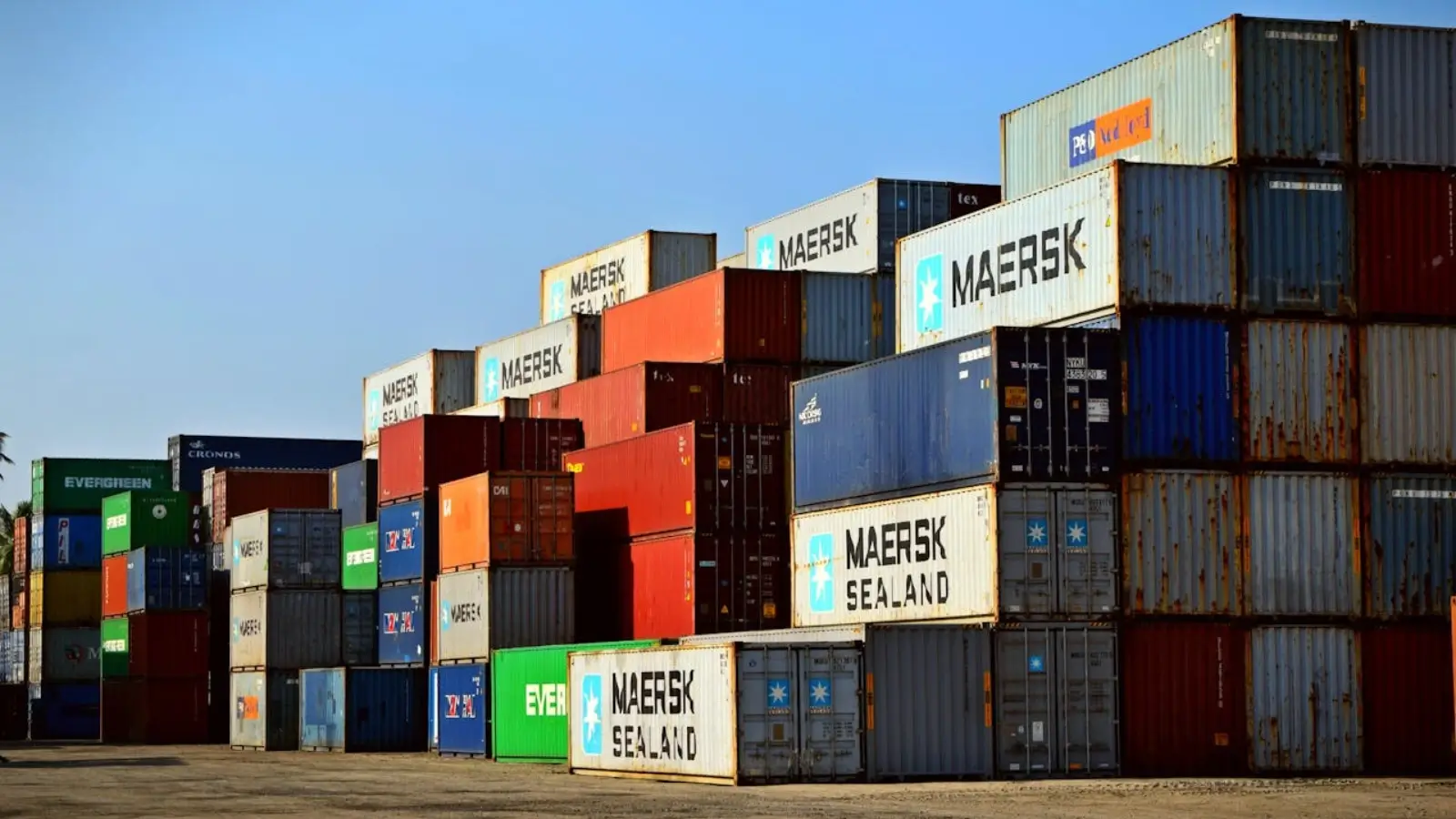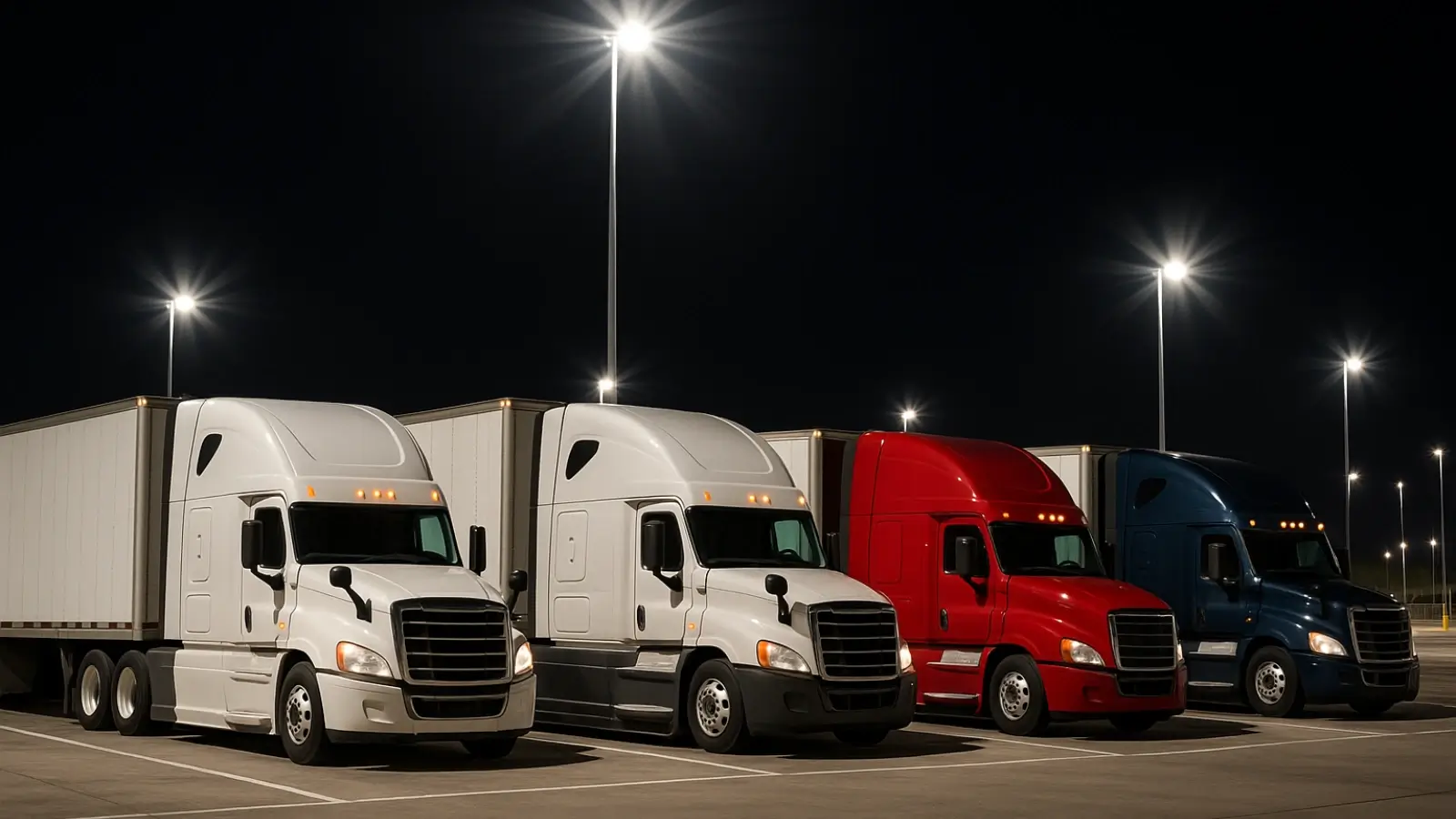Flexible Intermediate Bulk Containers (FIBCs) have become essential in industries handling dry, flowable materials. From powders and granules to food ingredients and construction materials, these bags make large-scale storage and transport efficient and safe. Over time, FIBCs have evolved into various categories to address specific operational needs, especially in environments where static electricity, chemical sensitivity, or handling risks exist. For businesses that rely on precision and protection during logistics, knowing the right type of bag can improve both performance and compliance. To understand what sets each category apart, it’s worth exploring the different types of FIBC bags and their intended applications. Read on to explore how each bag type plays a role in maintaining safety and efficiency across industrial supply chains.
What Makes Type A Bags a Basic Solution
Type A FIBCs are the most commonly used variant and are suitable for transporting non-flammable products in non-hazardous environments. These bags are made from plain woven polypropylene fabric without any additional anti-static properties. Their simplicity and cost-effectiveness make them a popular choice for general applications.
They are ideal for materials such as sand, grains, or construction aggregate where static discharge is not a concern. However, they offer no protection against static electricity and should not be used in areas where flammable gases, vapors, or dust are present. If there's a chance of combustible dust in the atmosphere, this bag type is not the right choice.
Despite being the most basic, Type A bags can handle a wide range of bulk materials and are available in a variety of sizes and load capacities. For companies operating in controlled, dust-free environments, they offer an economical packaging solution without unnecessary features.
These bags typically come with cross-corner loops or lift loops and can be fitted with various discharge spouts depending on operational needs. They’re simple, effective, and work well in many everyday scenarios where static electricity won’t pose a hazard.
The Static-Resistant Design of Type B Bags
Type B FIBCs are visually similar to Type A bags but come with added benefits. While they still do not have active mechanisms to dissipate static electricity, they are made from materials with a low breakdown voltage. This means they are designed to prevent the occurrence of dangerous propagating brush discharges.
They are ideal for transporting dry, flammable powders as long as no flammable gases or vapors are present. The purpose of these bags is to limit the chances of a spark forming due to static build-up, which can occur during filling or discharging of fine materials. In many operations, powder handling generates high levels of friction, and Type B bags serve as an extra layer of precaution.
The breakdown voltage of the fabric used in Type B bags is typically less than 6kV, helping reduce the risk of electrostatic hazards. However, it’s important to note that while they reduce the chance of electrical discharge, they still do not actively ground static electricity. As such, their use is limited to environments where there’s a risk of dust ignition but no flammable gases or solvent vapors.
In many facilities dealing with pharmaceutical powders, food additives, or dry resins, Type B bags strike a balance between cost-efficiency and added safety. They help prevent flashover incidents while maintaining ease of handling and load capacity similar to Type A models.
Grounded Protection with Type C Bags
Type C FIBC bags are a major step up when it comes to electrostatic control. Known as conductive or groundable bags, they are manufactured from conductive fabrics interwoven with carbon or conductive threads. These threads are connected to a grounding point that safely dissipates any built-up static electricity.
When filled or discharged, materials moving through the bag can generate static. If not grounded properly, that static can ignite flammable vapors or dust. Type C bags help mitigate this risk by channeling electrical charges away from the bag through a reliable grounding connection.
To ensure safety, these bags must be grounded correctly during both filling and discharging processes. Failing to do so negates their protective design and could introduce greater risk. In regulated industries or environments with combustible atmospheres, grounding procedures are often part of operational protocols.
Applications for Type C bags include chemical handling, petroleum-based products, and fine powders used in cosmetic or pharmaceutical manufacturing. When used correctly, they provide a secure method for handling volatile or electrically sensitive materials.
One of the benefits of this type is its strong versatility—it allows safe transport in areas with both flammable dust and gases, as long as grounding is observed. This makes them an ideal choice for international logistics and manufacturers adhering to strict safety guidelines.
No-Grounding Required with Type D Bags
Unlike Type C bags, Type D FIBCs do not require grounding. These bags are made from static-dissipative fabric designed to safely neutralize static charges in the atmosphere without a physical connection to the ground. The fabric contains antistatic yarns or additives that prevent energetic discharges from forming during material movement.
This is particularly useful in environments where grounding may be difficult to guarantee, such as remote construction sites or fast-moving assembly lines. Workers handling these bags do not need to attach ground cables, which simplifies the process and reduces human error.
Type D bags are safe for use in flammable environments, including those containing gases, vapors, or dusts, provided that they are kept clean and dry. Contamination by oil, water, or conductive dust may compromise the anti-static properties of the fabric, so maintenance and storage practices are important.
Industries that benefit from Type D bags include paints and coatings, petrochemicals, and specialty chemicals. The convenience and high level of protection offered by these bags make them well-suited for fast-paced, high-risk operations.
With global regulatory standards growing stricter around electrostatic safety, Type D bags are quickly becoming a preferred choice for companies looking to improve compliance while reducing operational friction. Their maintenance-free safety profile appeals to businesses focused on minimizing procedural steps without sacrificing security.
Choosing the Right Bag for the Right Job
Selecting the appropriate FIBC type depends largely on the application, environment, and type of material being stored or transported. It’s not only about weight capacity and volume but also about environmental exposure and safety risks. Each type—A through D—serves a distinct purpose and should be matched carefully with the working conditions and handling requirements.
When reviewing options, factors like moisture sensitivity, material volatility, handling frequency, and discharge method must be considered. It’s also important to assess whether employees are trained to handle grounded bags or if operations demand a non-grounding alternative.
Using the wrong type of FIBC could lead to product loss, contamination, or even safety incidents, especially when dealing with flammable materials. As such, decision-makers must collaborate with safety officers, compliance experts, and supply chain managers to evaluate risks and align procurement with operational goals.
Additionally, companies should consider supplier certifications, quality control measures, and testing protocols. Bags should meet international safety standards and be tested for strength, resistance, and anti-static performance. Reliable documentation and traceability add another layer of protection, especially when materials cross borders or move through third-party handlers.
Whether the need is for basic storage, protection from static, or operation in hazardous conditions, there is a suitable FIBC for nearly every industrial requirement. Matching the right type of bulk bag to each job is one of the simplest ways to reduce waste, improve safety, and maintain operational efficiency.
















